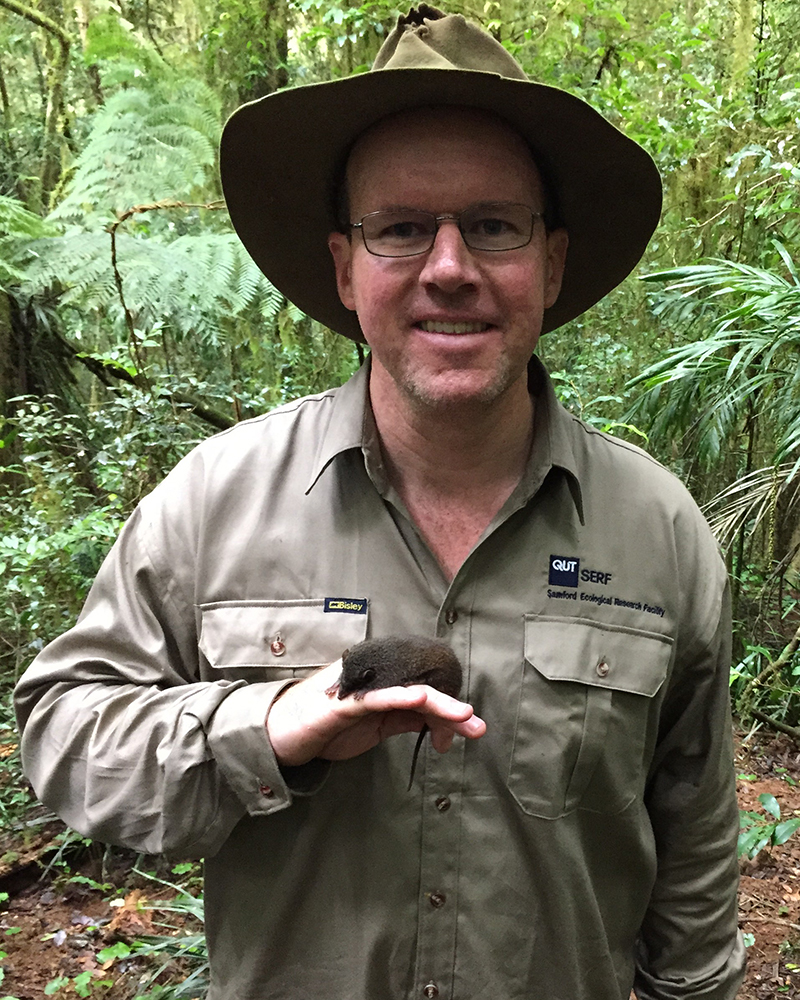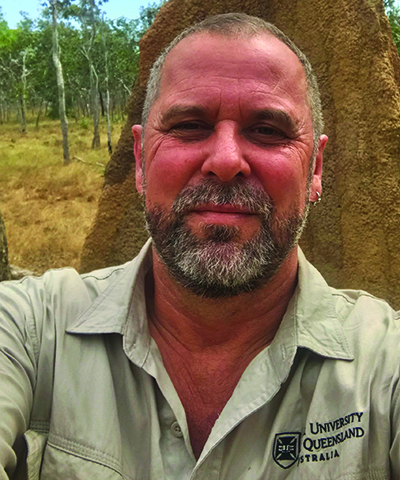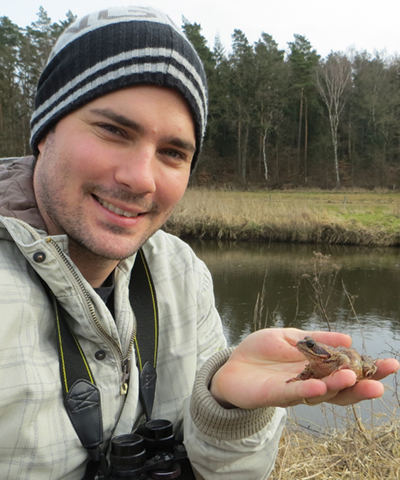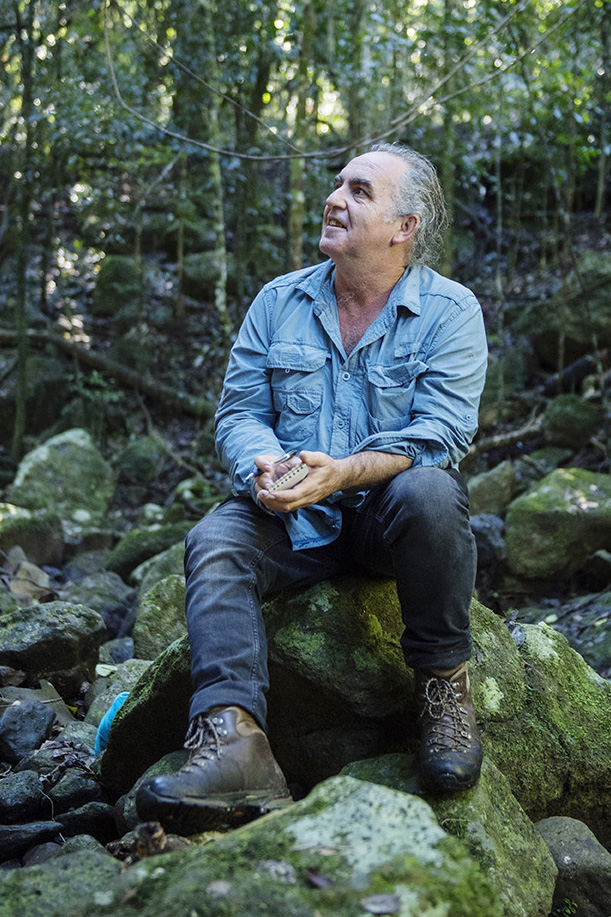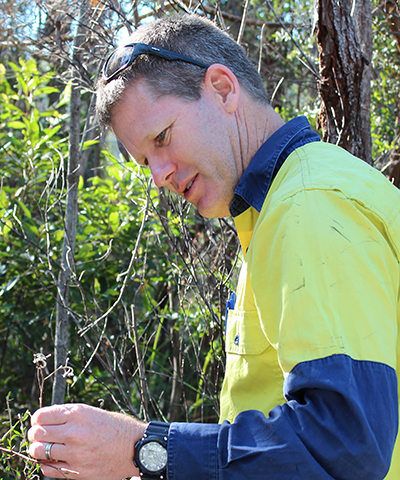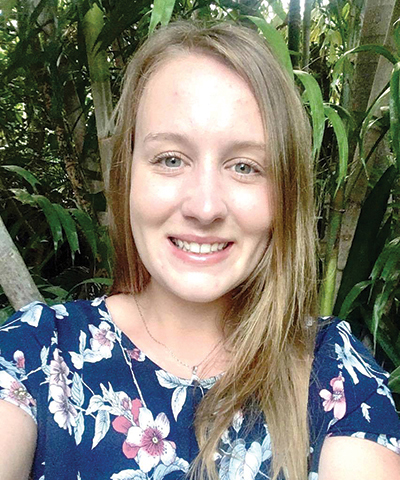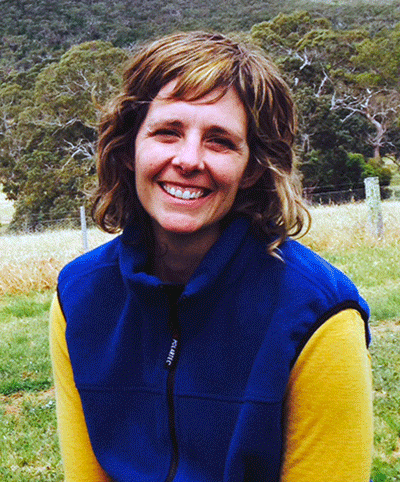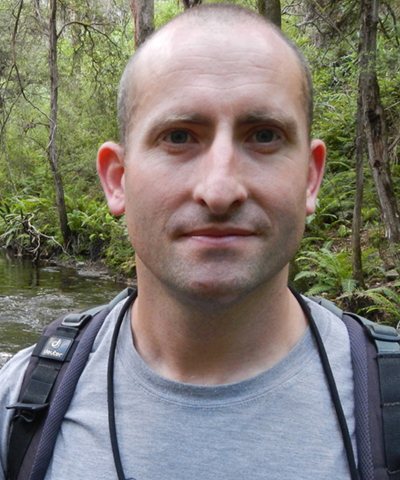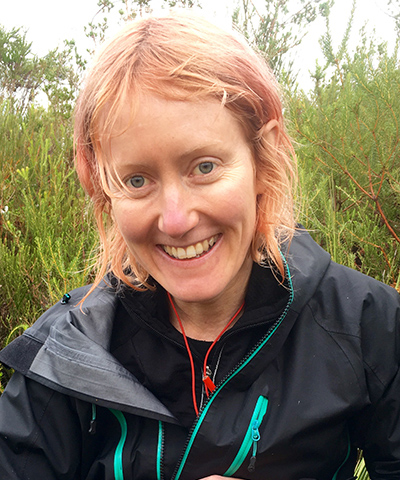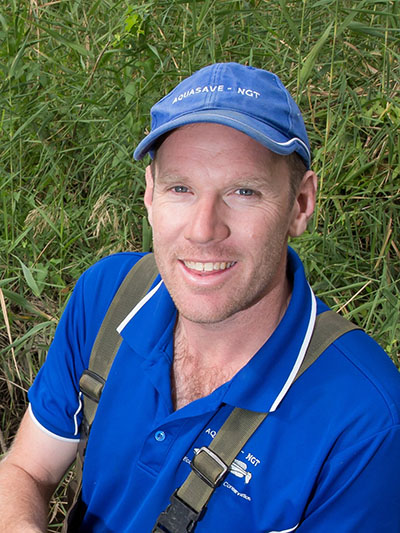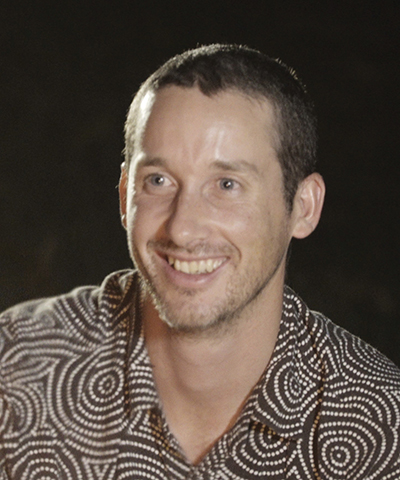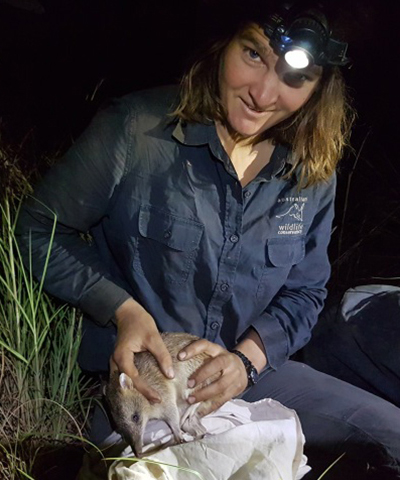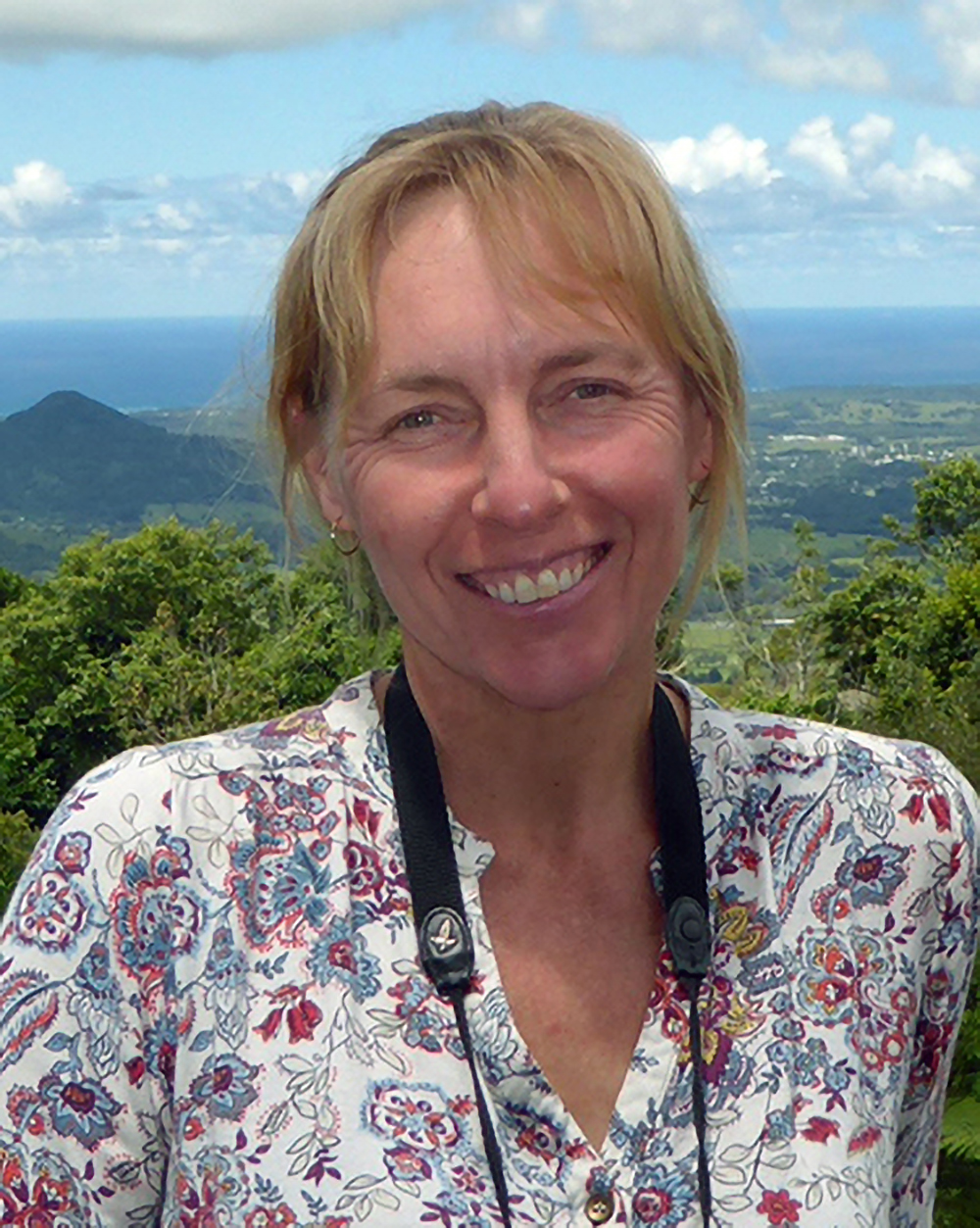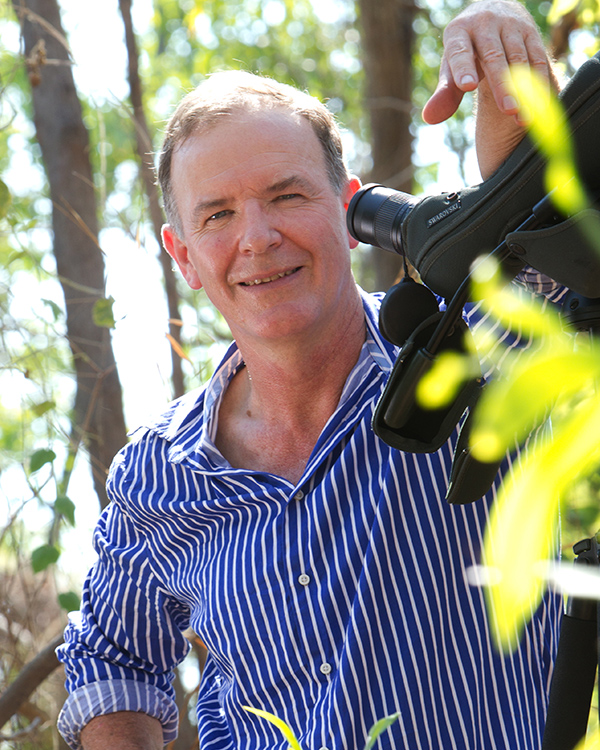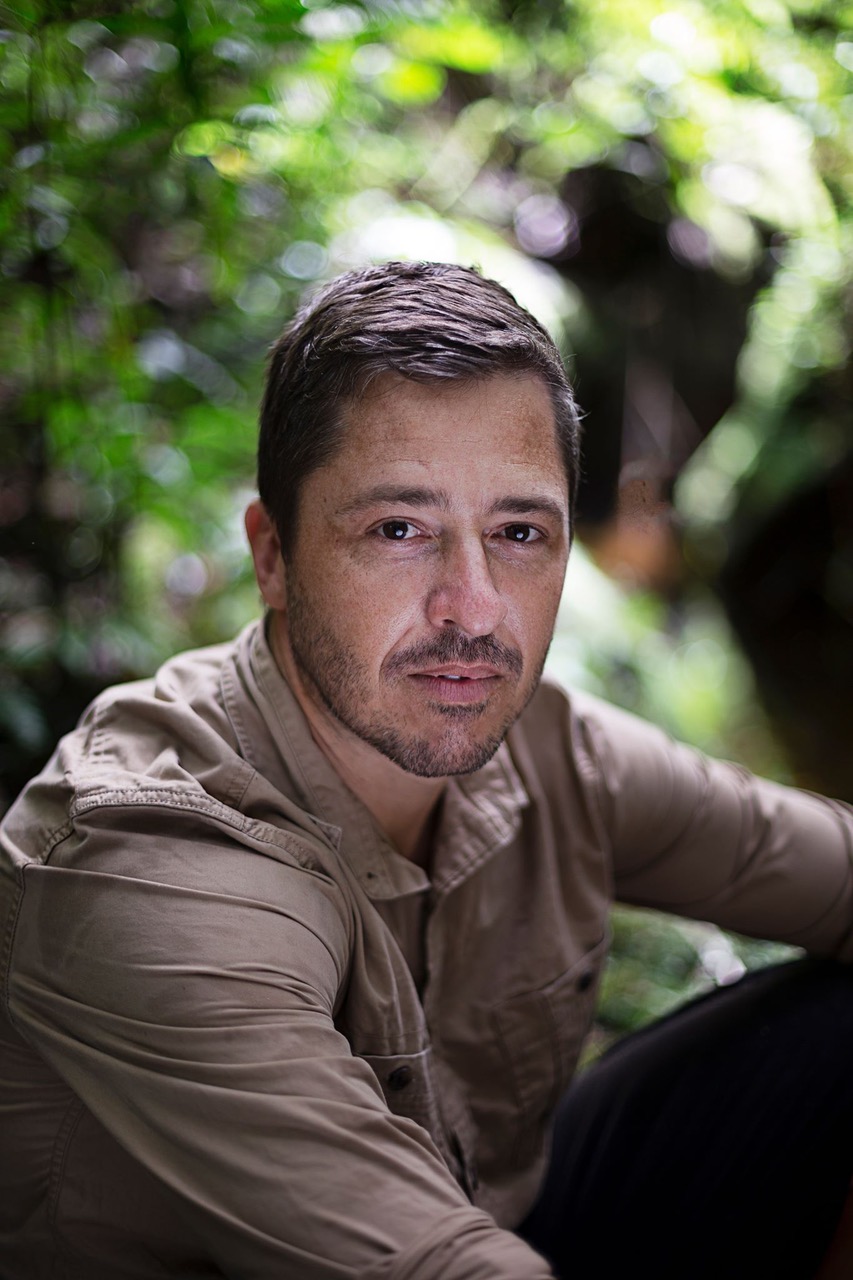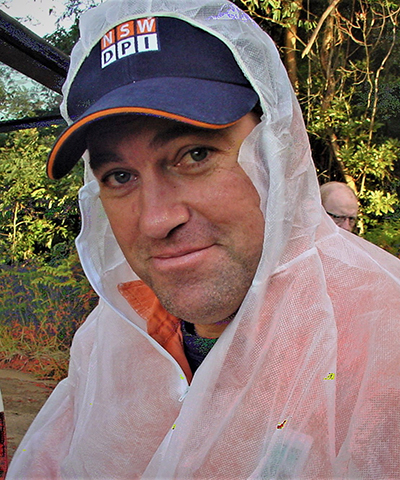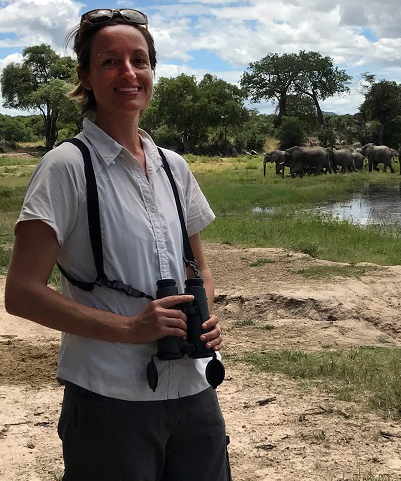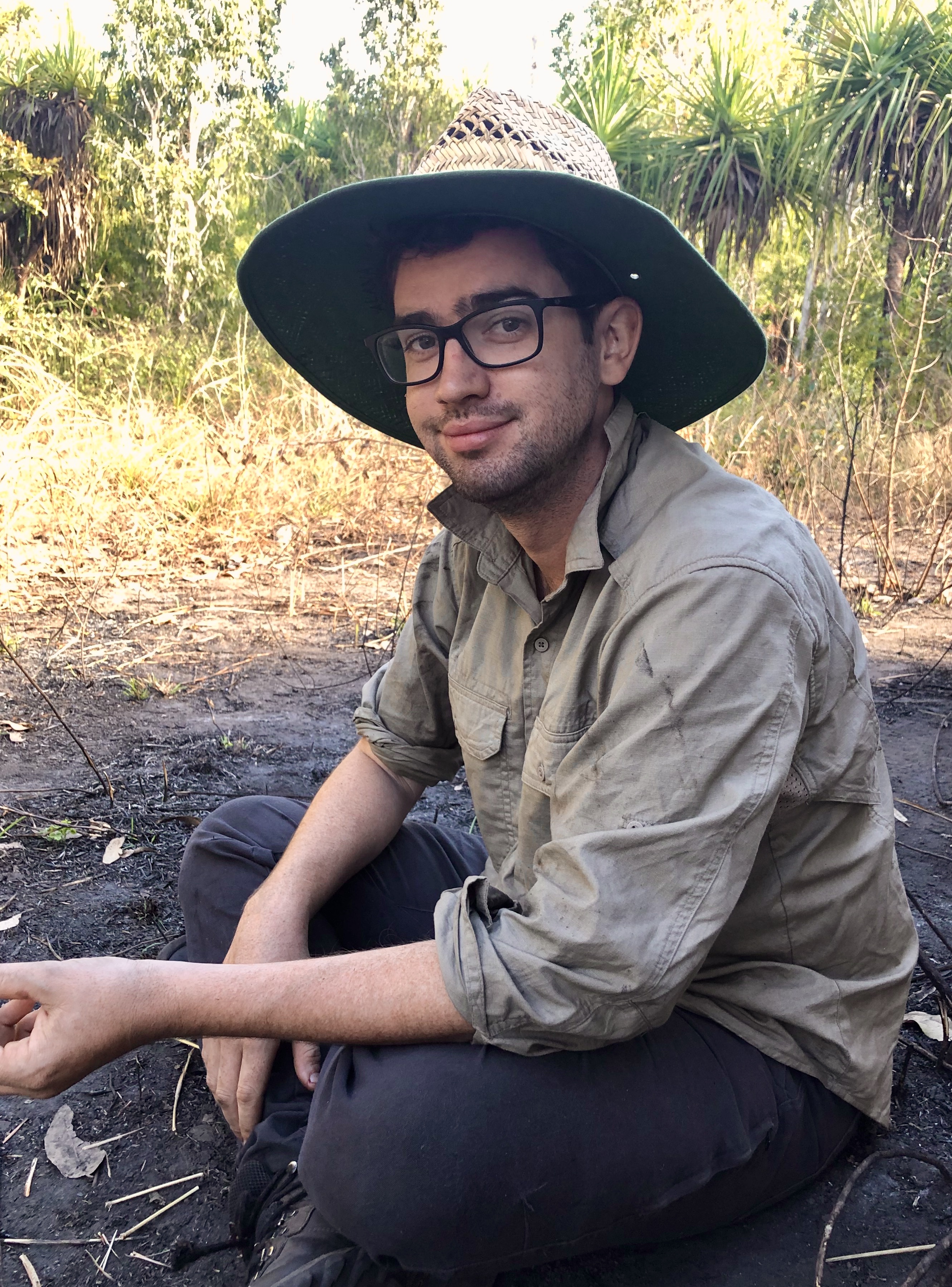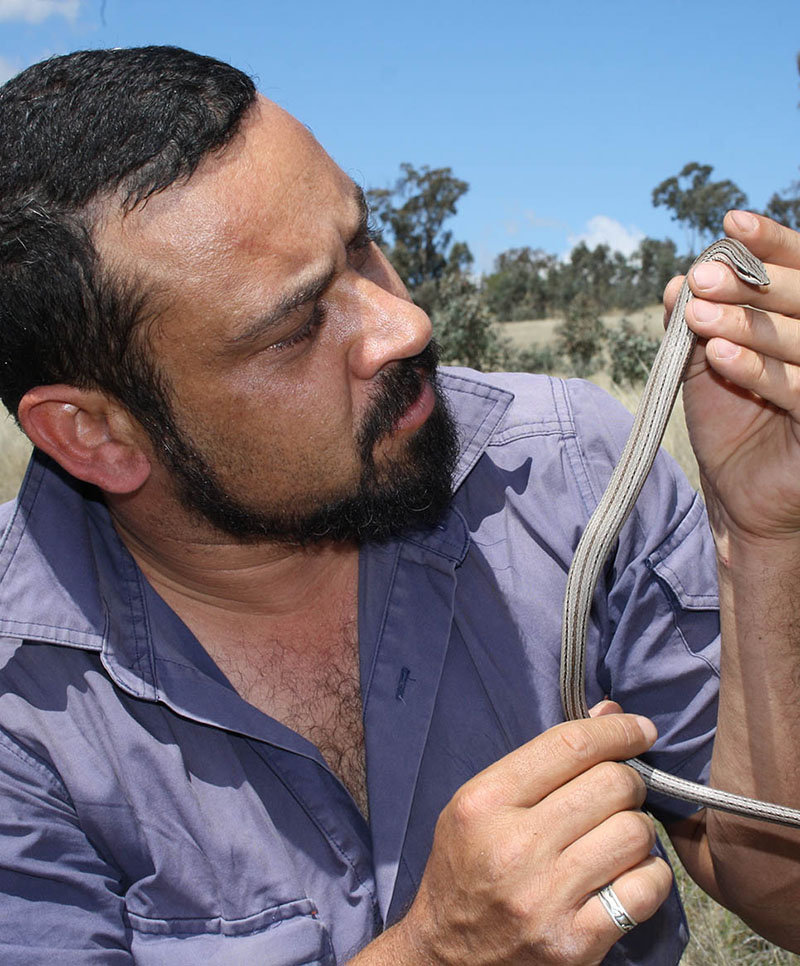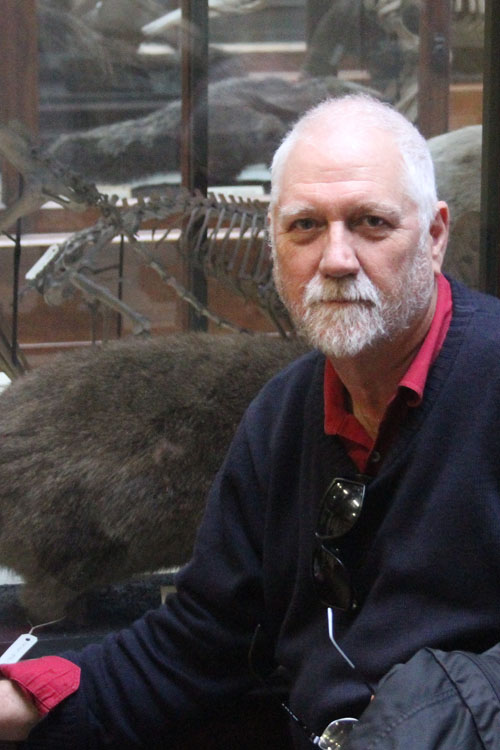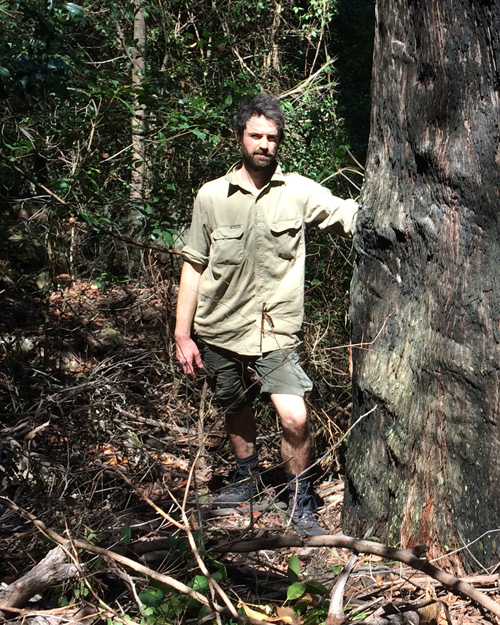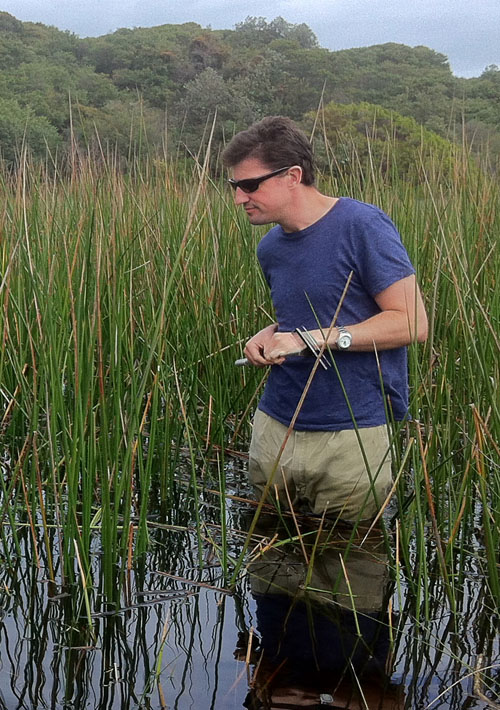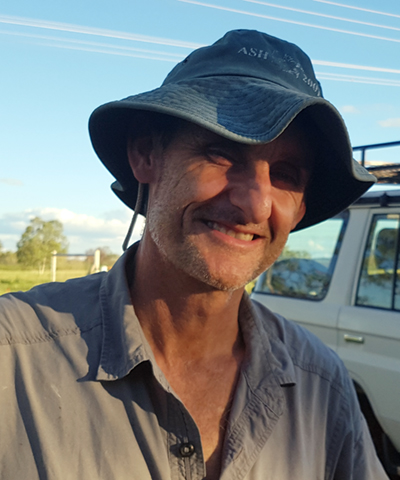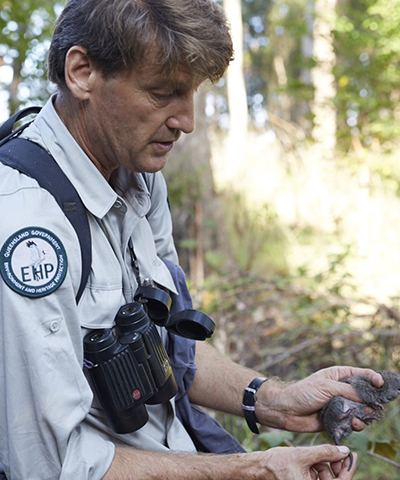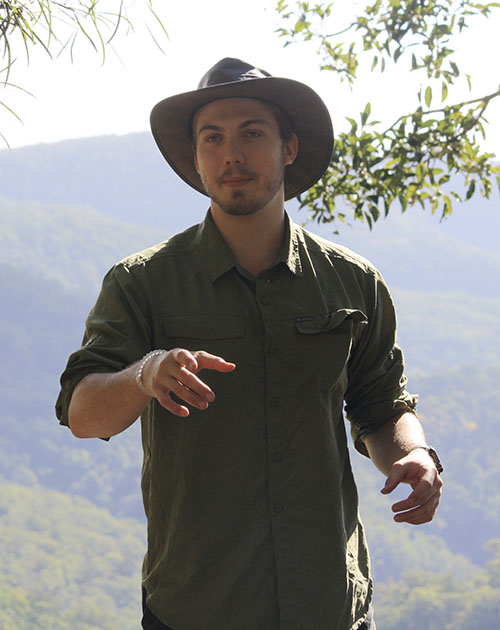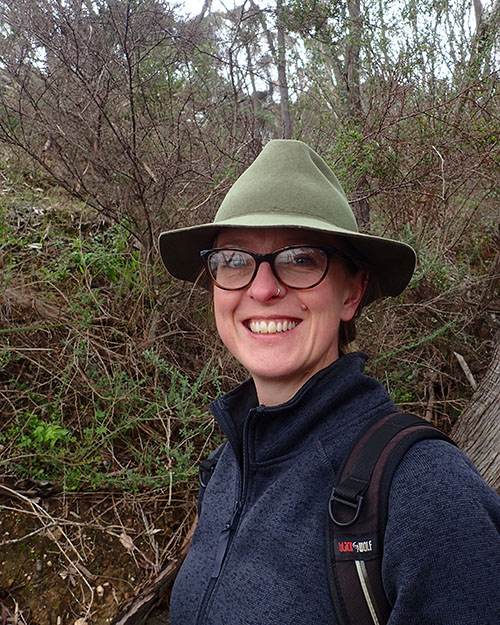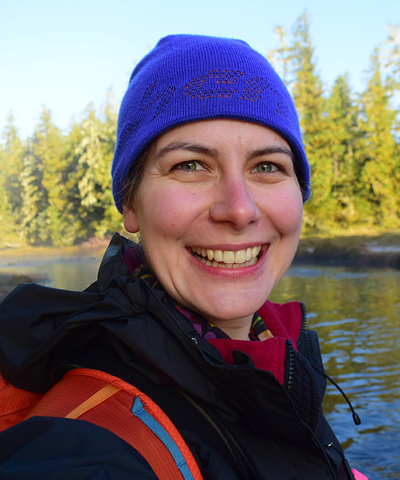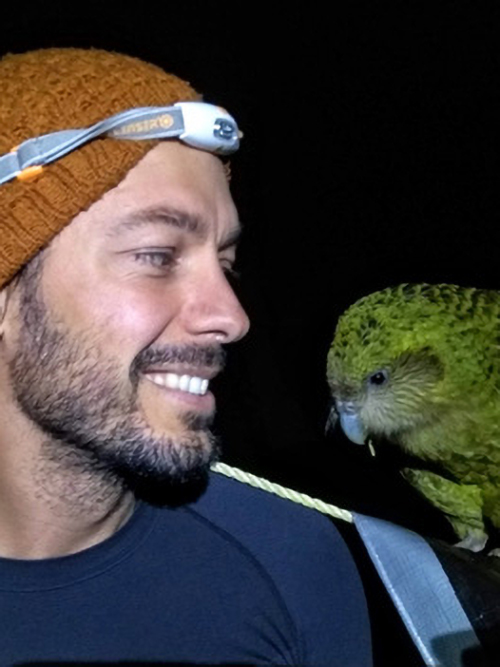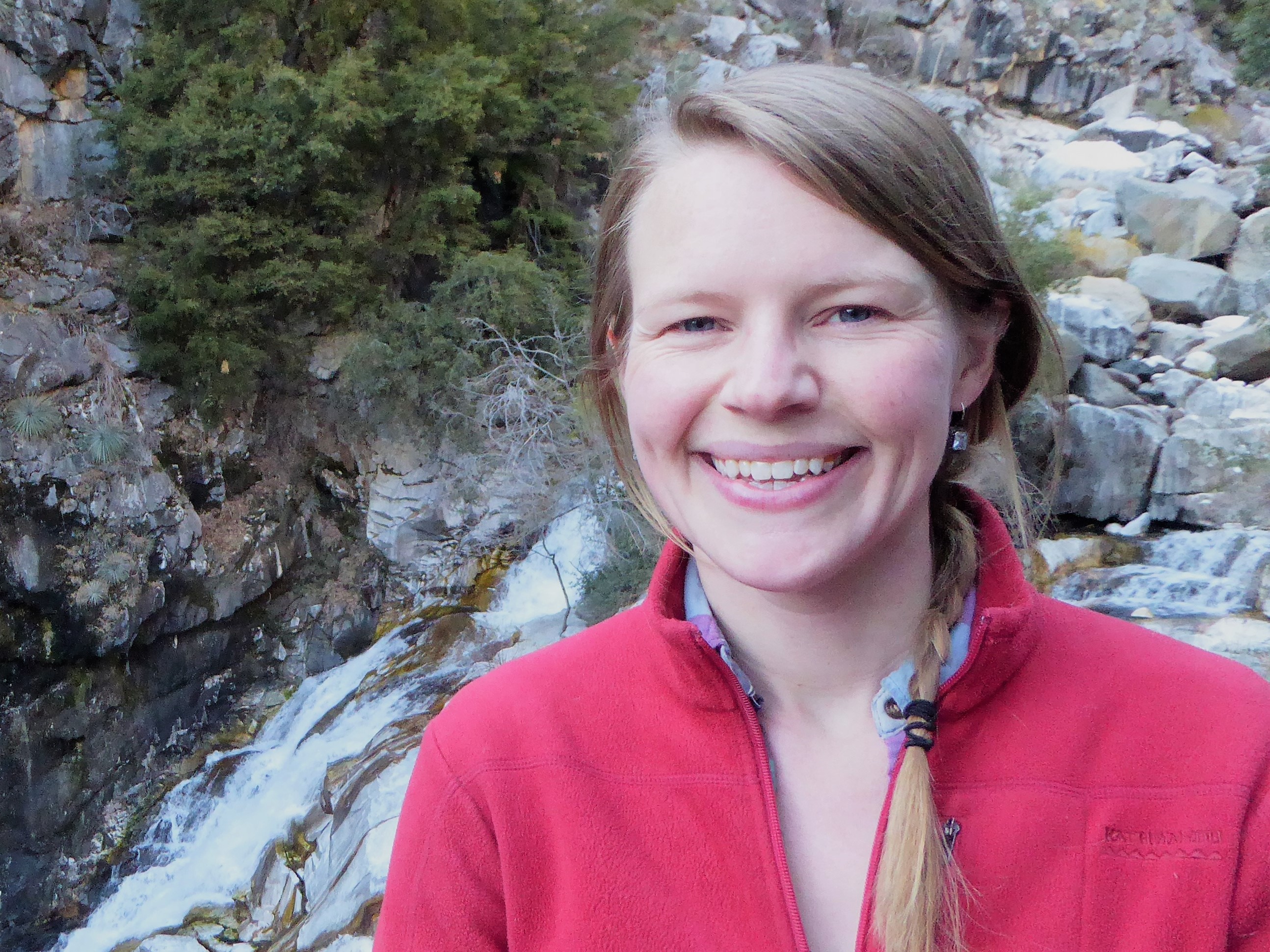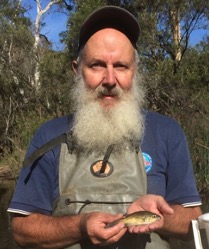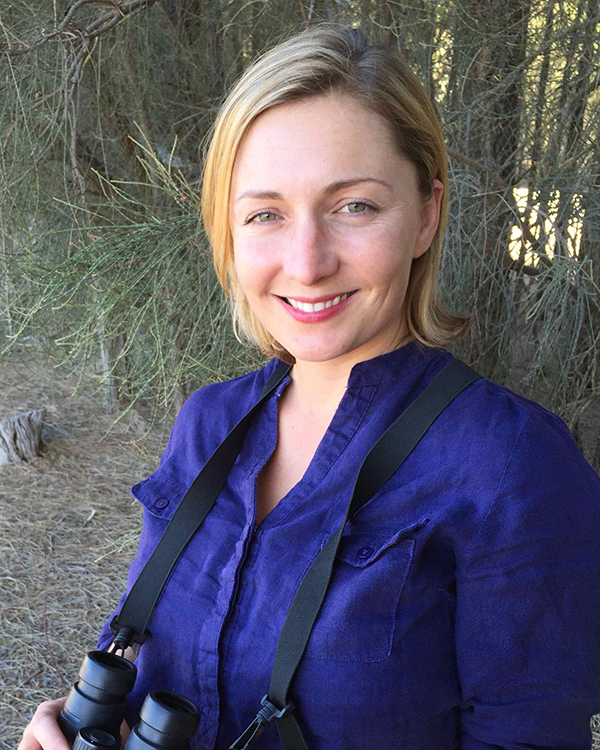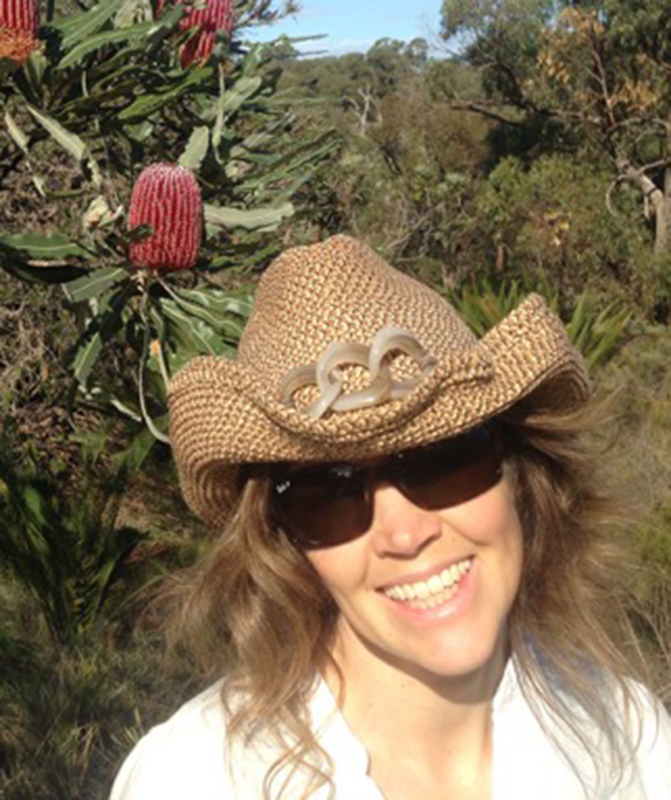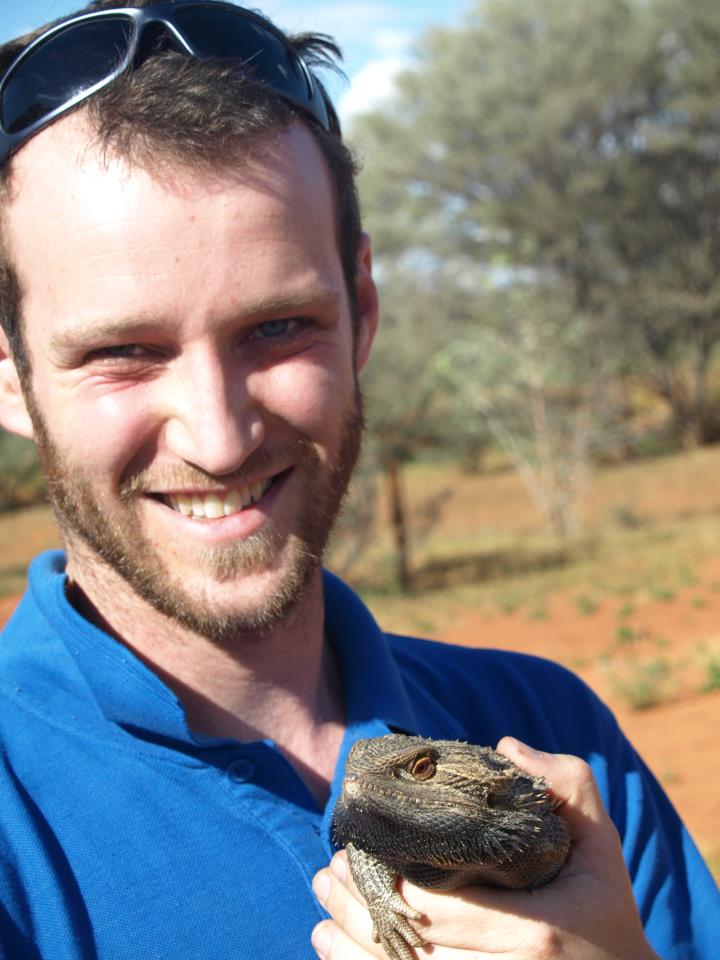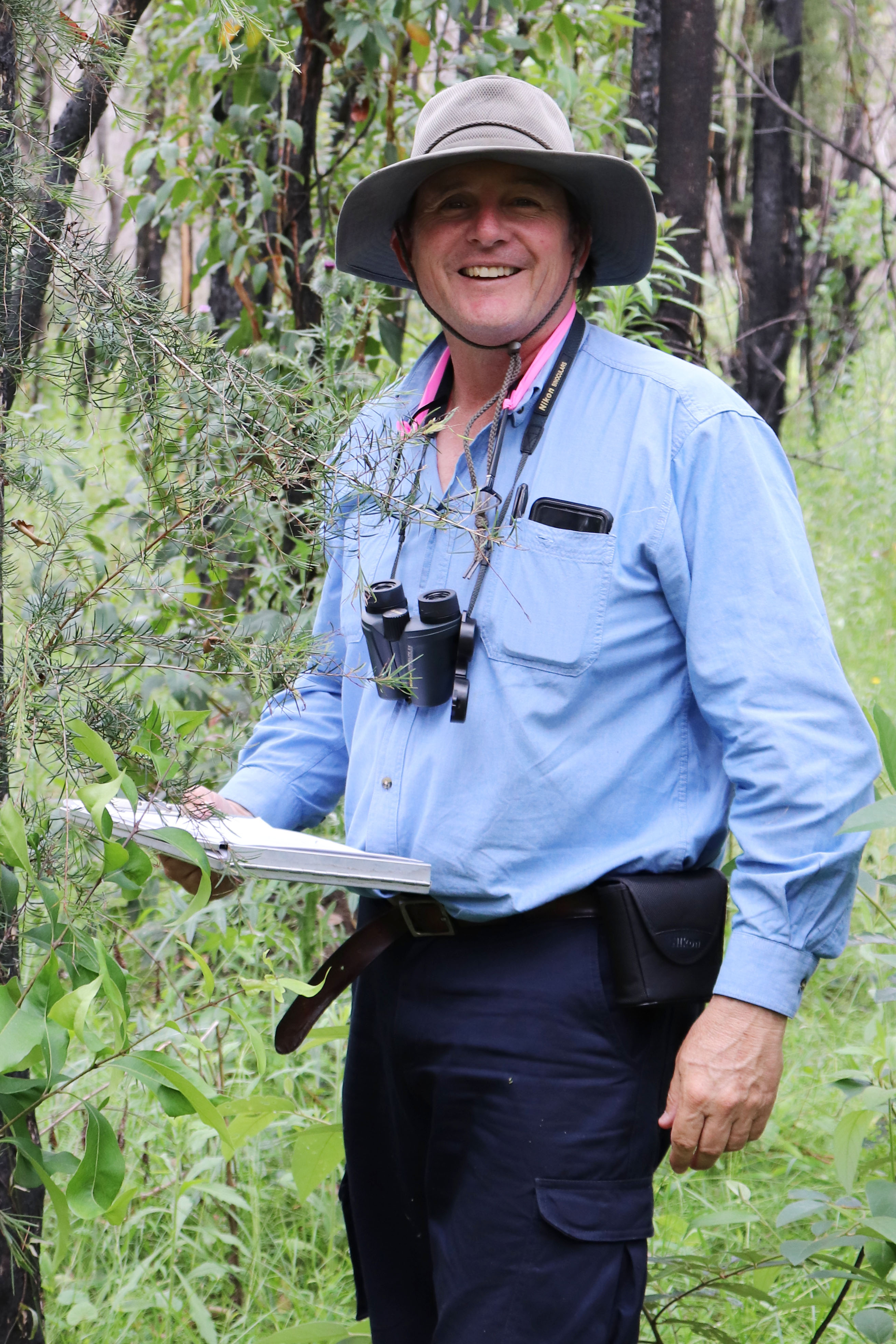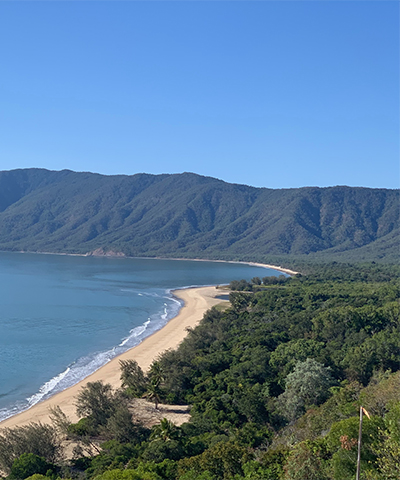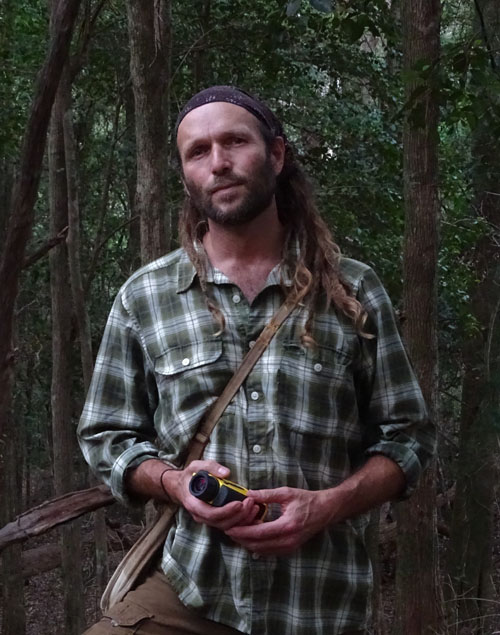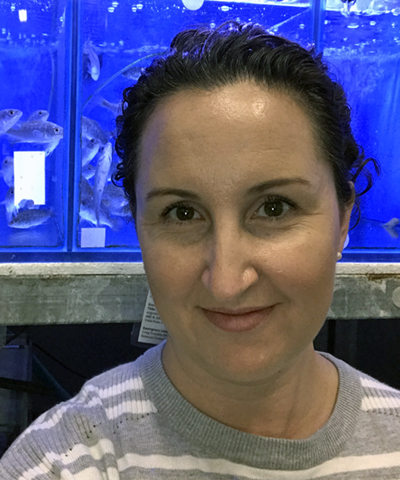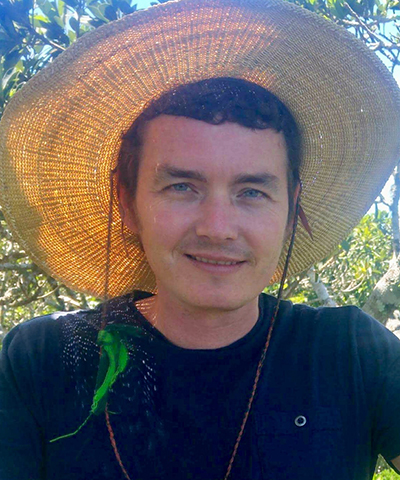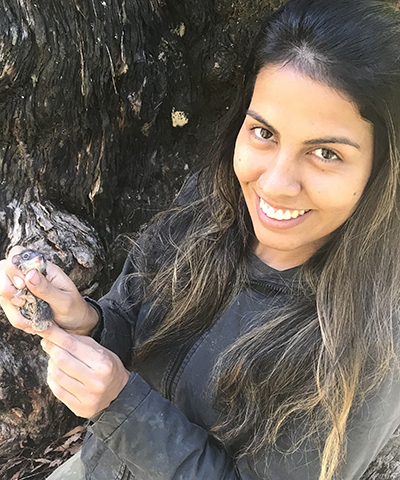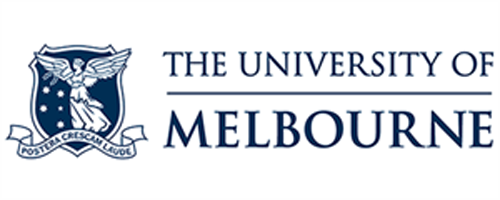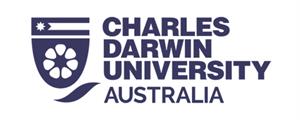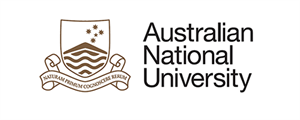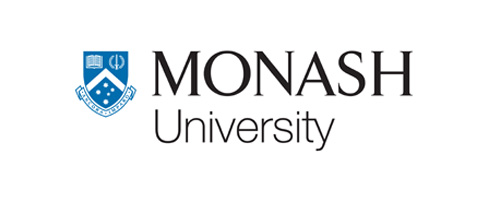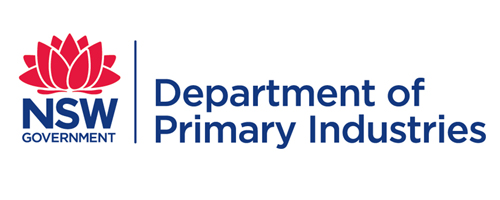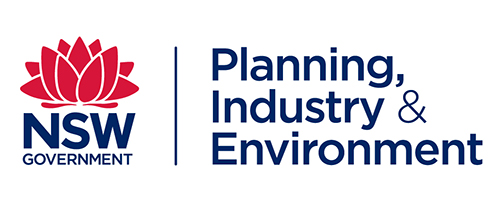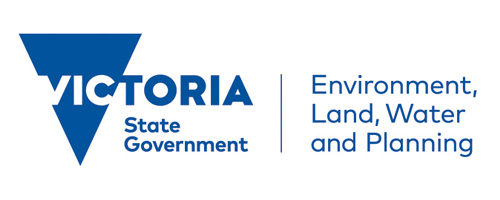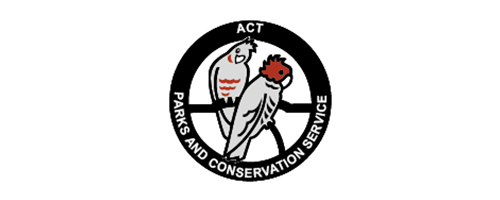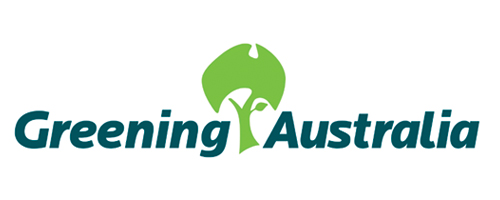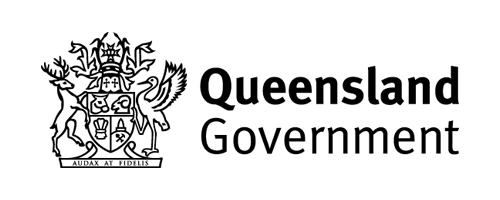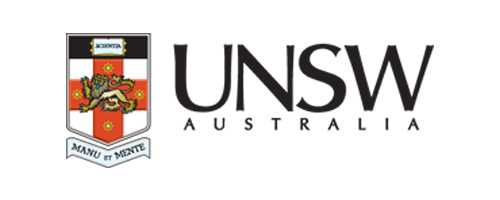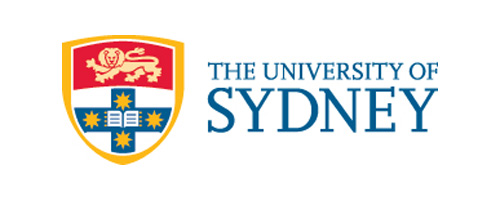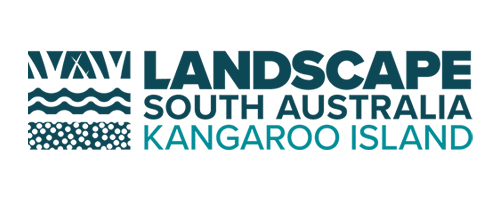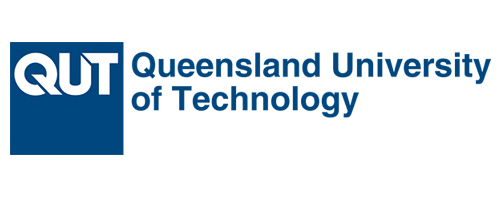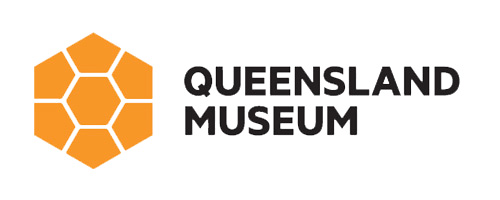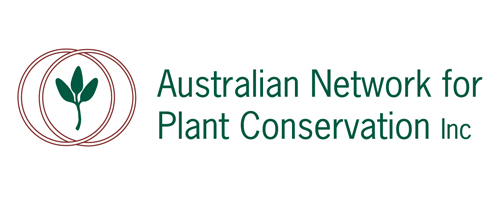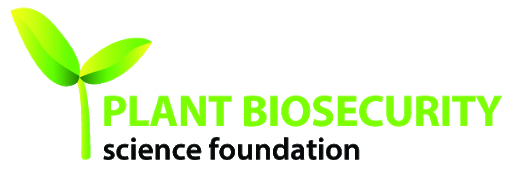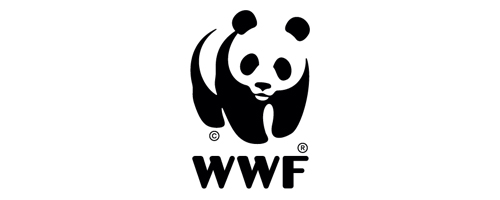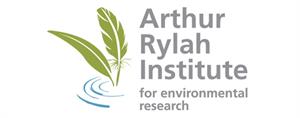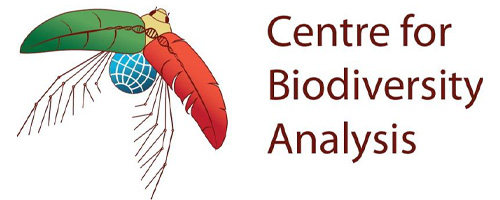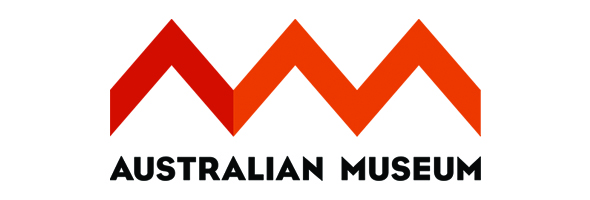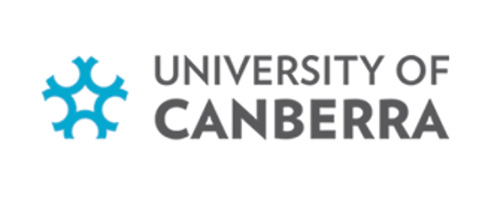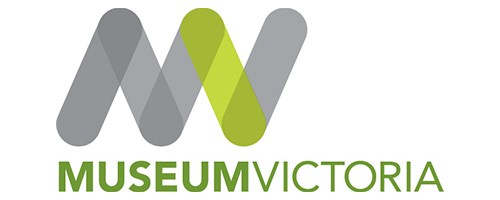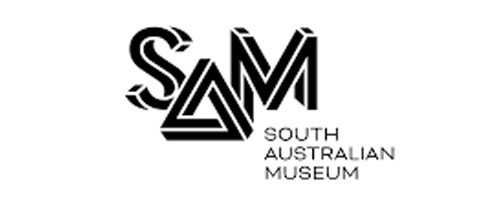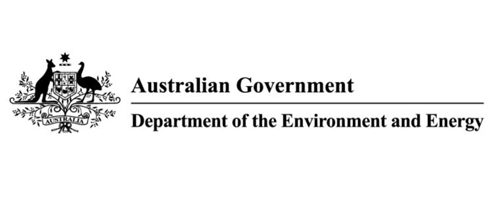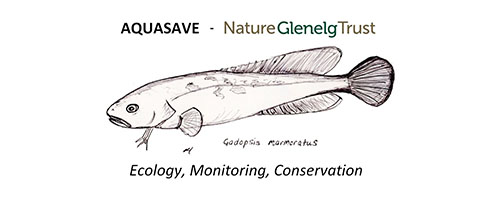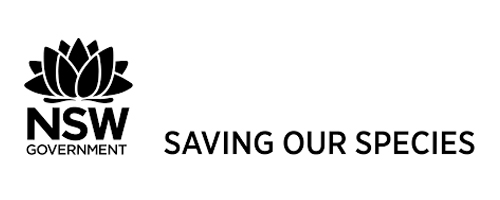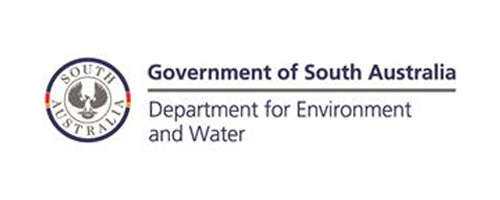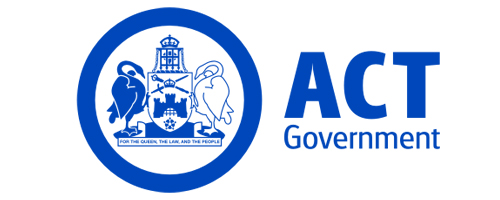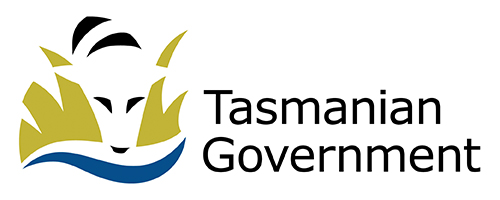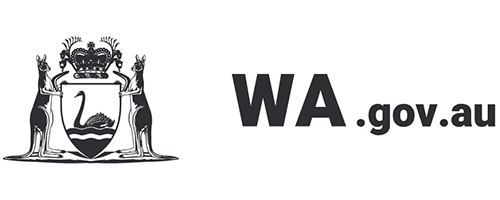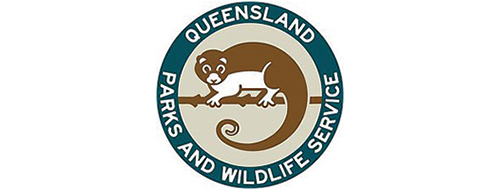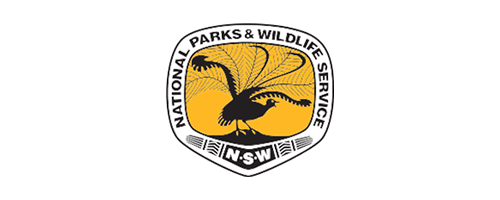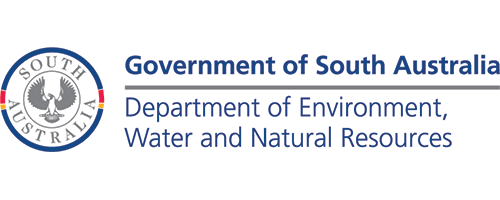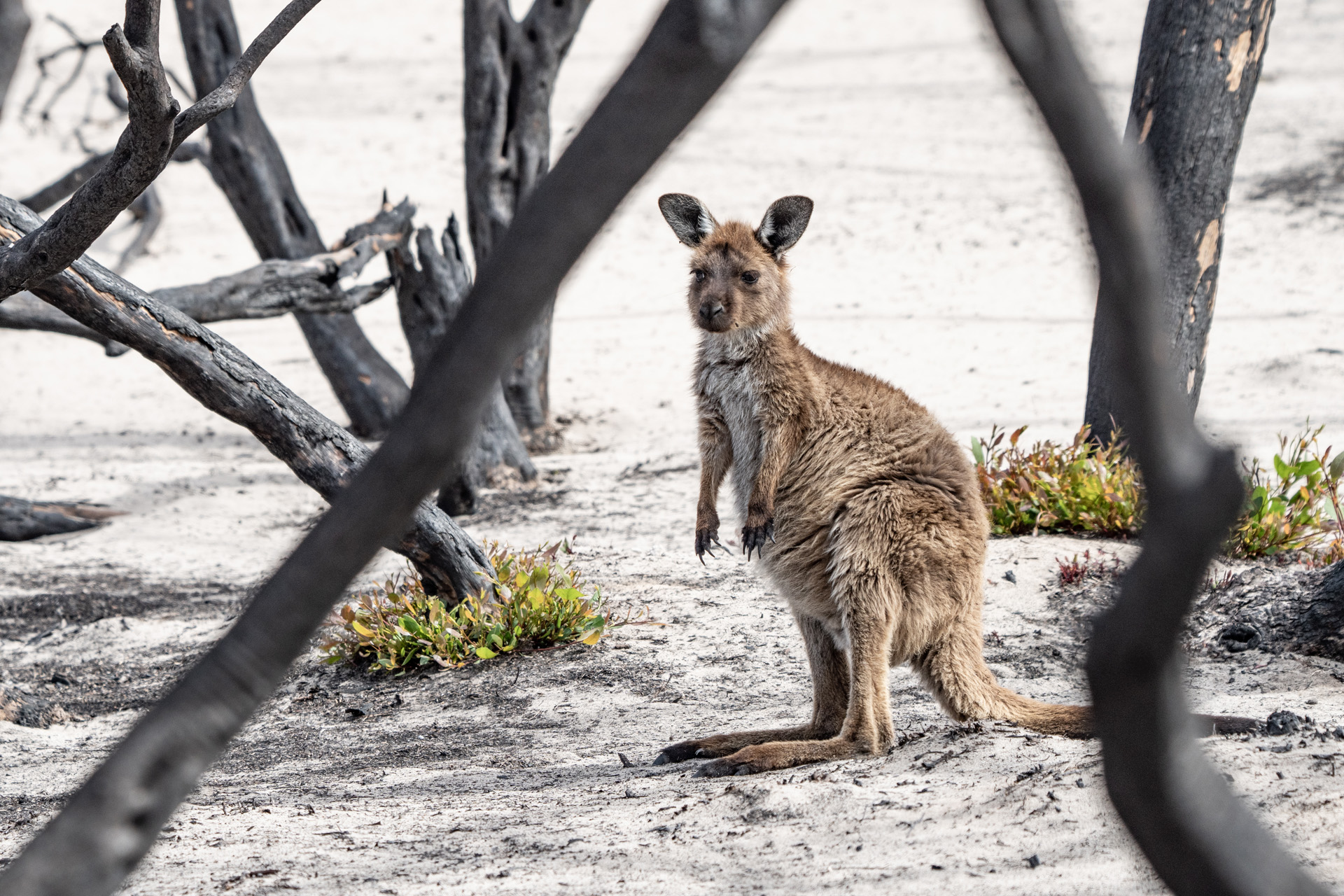
Theme 8.0
Post bushfire recovery support
The 2019-20 wildfires of eastern and southern Australia were beyond normal. Catalysed by extensive drought and unusually high temperatures, these fires were exceptionally extensive, long-lasting and severe. More than 12 million hectares were burnt over the period August 2019 to March 2020, across forests, heathlands and farmlands from south-eastern Queensland to eastern Victoria, on Kangaroo Island and in south-western Australia.
As a consequence of these wildfires many threatened species are now far more imperilled, and many species we formerly considered secure can no longer be presumed safe. The 2019–20 wildfires caused a loss of extraordinary magnitude to Australian biodiversity.
Recognising the urgent need to assess the impact of these fires on biodiversity, and that more evidence was needed to help design and prioritise recovery actions, the Minister for the Environment directed $2 million to the hub to undertake a set of priority fire-related research projects.
This work includes:
- Designing rapid on-ground reconnaissance surveys for post natural disaster (fire) to assess the status of species, ecological communities, habitats and threats
- Design for post-fire impact monitoring, including synthesis of current monitoring projects
- Post-fire impact assessment for priority frogs
- Indigenous aspirations and capacity for bushfire response
- Fire-affected invertebrates: priority species and management response
- Variation in the population response to fires across the distributions of priority vertebrate species – where are impacts greatest, and what management actions will support recovery?
- Genetic assessment of priority taxa and management priorities
- Estimating wildlife mortality during the 2019-20 bushfire season
- The impact of myrtle rust on fire regeneration
- Summary of 2019-20 bushfire impacts and emergency responses on freshwater fish
- Impacts of post-fire ash and runoff sediment on physiological tolerances of Australian freshwater aquatic fauna
- Survival and recovery of threatened animal species in fire-affected World Heritage Areas, Gondwana Rainforests
- Changes in feral cat density across time-since-fire and fire location, Kangaroo Island
- Fire-related risks and conservation strategies for Ecological Communities
- Managing impacts of feral herbivores on threatened species and ecological communities post-fire
- Review of faunal responses to fire and post-fire management
- Better managing fire and fire impacts for koala conservation
- Improving rapid bushfire response for conservation of threatened species and communities
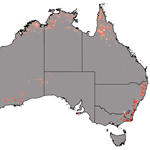
Designing rapid on-ground reconnaissance surveys for post natural disaster (fire) to assess the status of species, ecological communities, habitats and threats
8.1.1
The 2019–20 bushfires were unprecedented in terms of their scale, intensity and timing. On-ground reconnaissance surveys are crucial for assessing the impact of the fires on native species. This project conducted a gap analysis of post-fire surveys across Australia for federally listed priority vertebrates.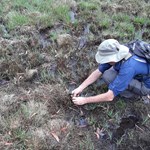
Design for post-fire impact monitoring, including synthesis of current monitoring projects
8.1.2
The 2019–20 bushfires in southern Australia severely impacted populations and ecological communities. This project will consider where, how, and when to monitor for all priority vertebrate, invertebrate and plant species identified by the Wildlife and Threatened Species Bushfire Recovery Expert Panel.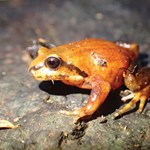
Post-fire impact assessment for priority frogs
8.1.3
The impact of fire on Australian frogs, especially the 37 listed threatened species, is poorly known. This project aims to provide new knowledge on frog responses to fire through targeted on-ground surveys focusing on the Gondwana Rainforest World Heritage areas.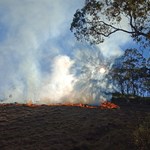
Indigenous aspirations and capacity for bushfire response
8.2.1
This project will help to identify some practical measures that can enable Indigenous leadership in future cultural burning and land management in southern regions of Australia.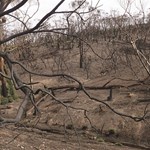
Fire-affected invertebrates: Priority species and management response
8.3.1
The project seeks to (i) develop a justified listing of those invertebrate species most affected by the 2019–20 Australian wildfires in southern and eastern Australia, and whose recovery is most needing management support; and (ii) identify the post-fire threats and management priorities for those species.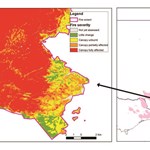
Effect of fire severity on the response of populations of priority wildlife species
8.3.2
In this project, we will build on work by the Wildlife and Threatened Species Bushfire Recovery Expert Panel to consider spatial variation in fire severity, as well as variation in species’ responses to fires of different severity.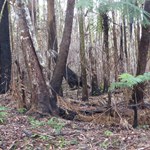
Genetic assessment of priority taxa and management priorities
8.3.3
This project will summarise genetic information that is available for priority vertebrate species to enable the Expert Panel and state and territory agencies to make better informed assessments of the impacts of the fires on those species.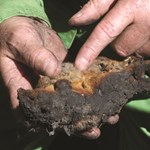
Estimating wildlife mortality during bushfire
8.3.4
This project will review the literature on wildlife mortality during fire and help provide a framework for obtaining rapid mortality estimates during future fires in Australia and around the world.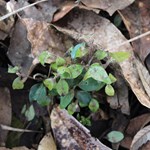
Fire and rust: The impact of myrtle rust on fire regeneration
8.3.5
This project aims to determine the impact that myrtle rust (caused by the rust fungus Austropuccinia psidii) is having on the regeneration of Myrtaceae following the 2019–20 wildfires in a range of ecosystems across Queensland and New South Wales.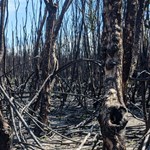
Collation of summary of 2019–20 bushfire impacts and emergency responses on freshwater fish
8.3.6
The project aims to collate information on the impact of fires on fish (evidenced by fish kills) and capture what each state/ territory did for the protection of aquatic fauna in response to the 2019–20 fires. The project will explore what worked and what didn’t, and provide suggestions for the future.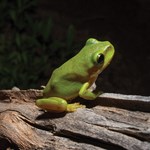
Impacts of post-fire ash and run-off sediment on Australian freshwater aquatic fauna
8.3.7
This project will examine how Australian freshwater fish, frogs and invertebrates are affected by acute and chronic exposure to post-fire water quality changes such as elevated temperature, low oxygen levels and ash and sediment run-off.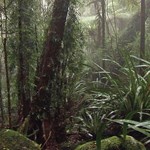
Survival and recovery of threatened animal species in fire-affected Gondwana Rainforests
8.3.8
This project aims to understand how and where threatened mammals, reptiles and frogs in the Gondwanan Rainforest World Heritage Area of southern Queensland and northern New South Wales have been affected by the 2019–20 fires, which previously seldom burned.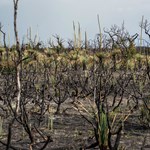
Post-fire changes in feral cat density across Kangaroo Island
8.4.1
The project builds on existing data to understand how a large-scale fire has impacted feral cat densities on Kangaroo Island. Intensive camera trap sampling from September 2017 to December 2018 allowed for reliable estimates of the densities of feral cats to be made at nine sites across Kangaroo Island.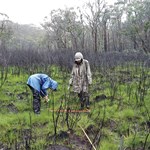
Fire-related risks to, and conservation strategies for, ecological communities
8.4.2
This project will review and synthesise available data to assess risks to priority rainforest and peatland ecosystems affected by the 2019-20 bushfires in eastern Australia.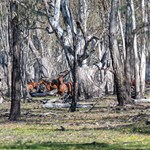
Managing the impacts of feral herbivores following regional-scale wildfire
8.4.3
This project will review the exposure of threatened species and ecological communities to wildfire and herbivore impacts in wooded ecosystems of south eastern Australia. It will also develop case studies to explore risk and management opportunities.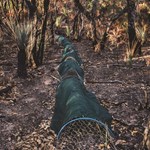
Review of faunal responses to fire-associated management actions
8.4.4
This project is collating and synthesising knowledge on management actions to help recover wildlife in fire-affected habitat, including in all fire-prone vegetation communities and responses by terrestrial and freshwater vertebrate and invertebrate fauna.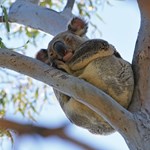
Better managing fires and their impacts for koala conservation
8.4.5
This project aims to develop new insights into how to better manage fires and their impacts to ensure the long-term persistence of koalas in fire-prone parts of the species’ range.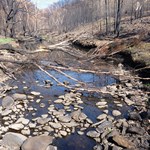
Protecting threatened species and communities during wildfires: Learning from the 2019–20 fires
8.5.1
Many conservation managers lacked prior information and suitable planning frameworks to help prioritise and guide protection of threatened species and communities during the 2019–20 fires. This project addresses these gaps in knowledge and developed a road map that encompasses recommendations for improvements identified during interviews.-

From the ashes: The 2019–20 wildfires and biodiversity loss and recovery
Monday, 31 August 2020 -
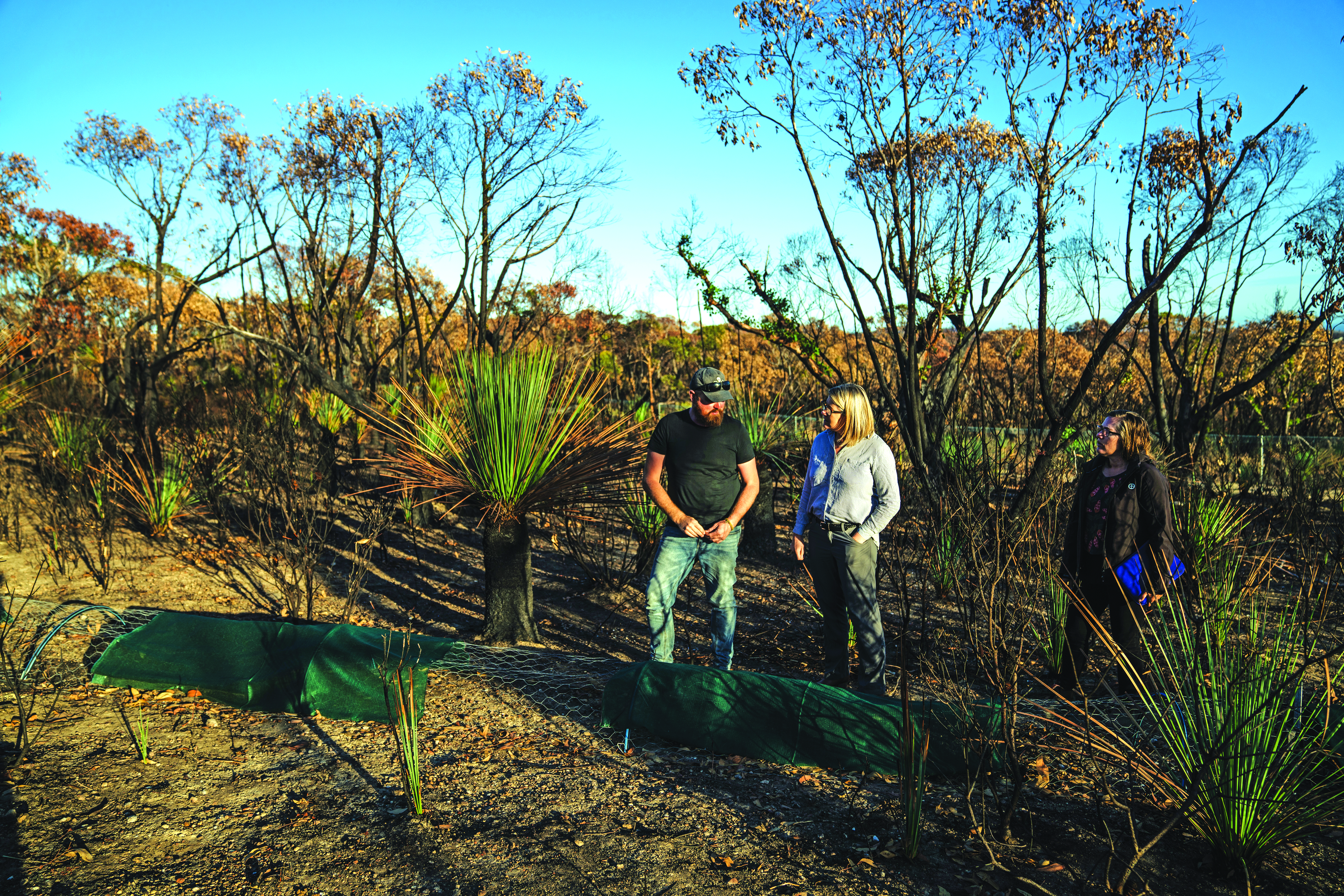
Rapid action to save species after the fires
Monday, 31 August 2020 -
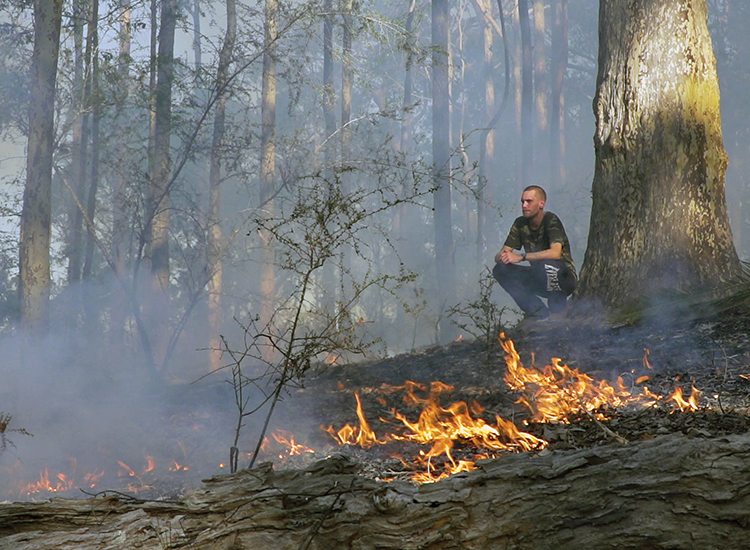
Cultural fire: Listening to and caring for Country with fire
Monday, 31 August 2020 -
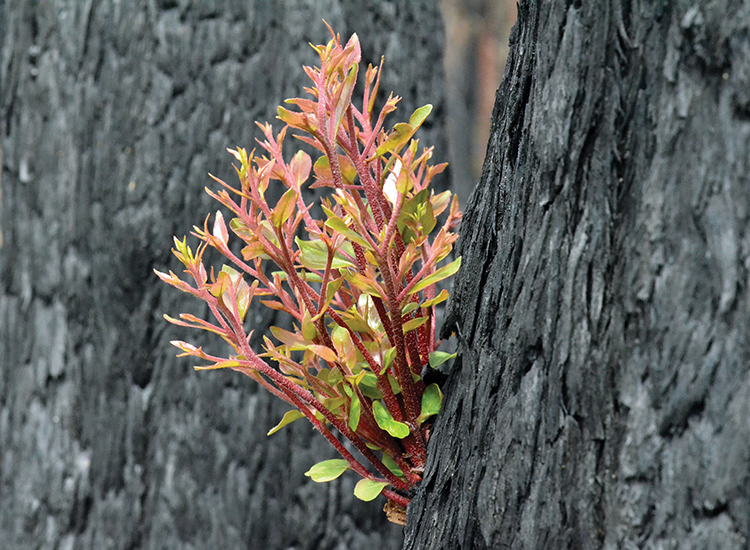
Plants in the ashes: Prioritising Australian flora after the fires
Monday, 31 August 2020 -
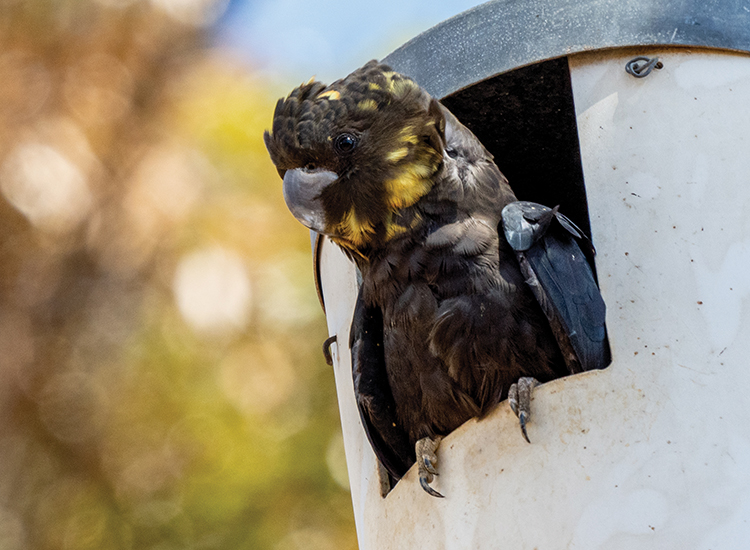
Prioritising action for animal species after the fires
Tuesday, 01 September 2020 -
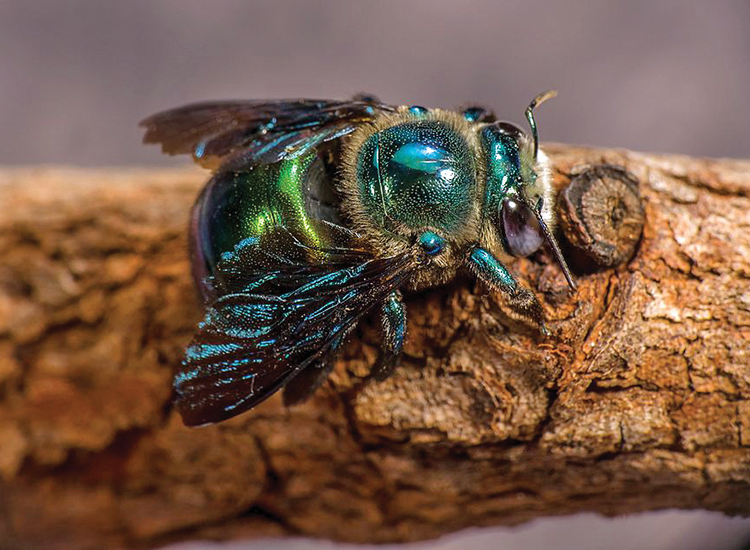
The little things count too: Prioritising recovery efforts for fire-affected invertebrates
Tuesday, 01 September 2020 -
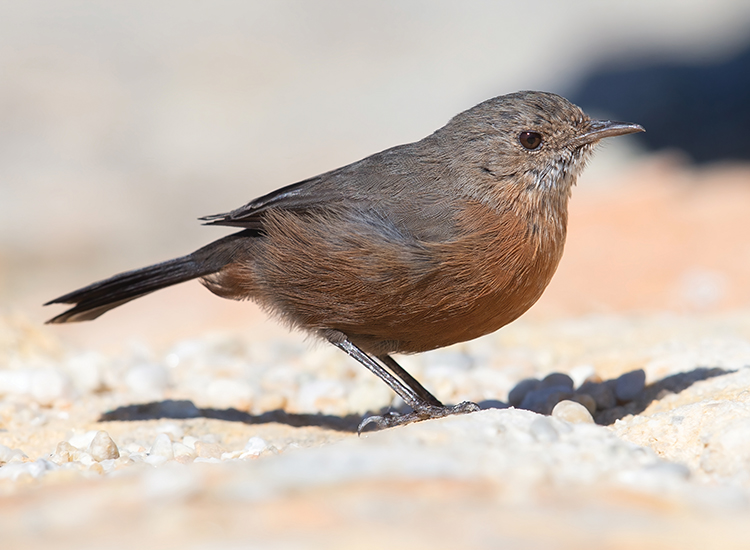
Protecting persistence: Listing species after the fires
Tuesday, 01 September 2020 -
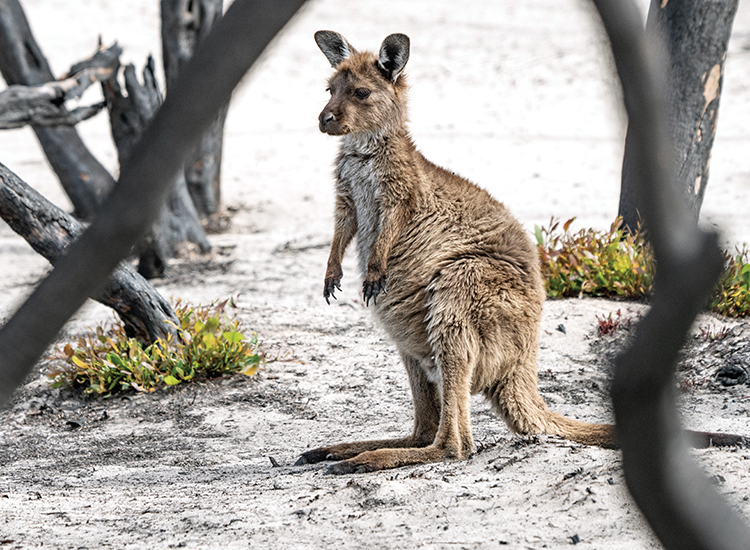
Fire and post-fire impacts on wildlife groups, and priority conservation responses
Wednesday, 02 September 2020 -
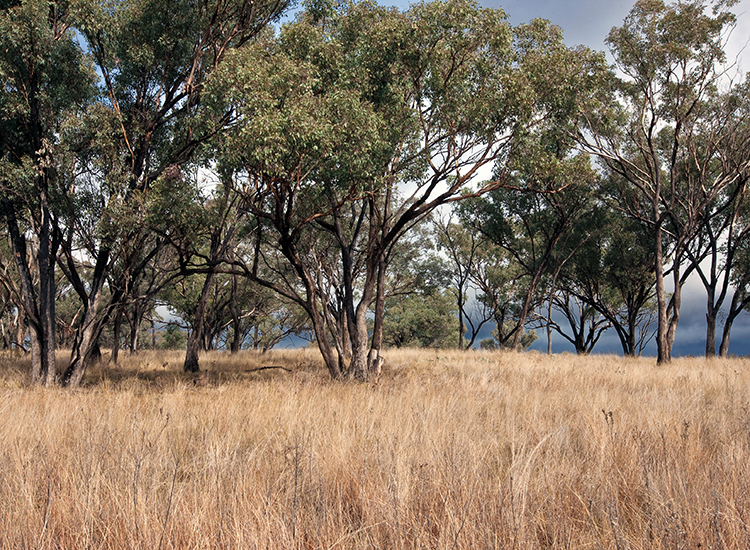
Post-fire recovery of Australia’s threatened woodlands: Avoiding uncharted trajectories
Wednesday, 02 September 2020 -
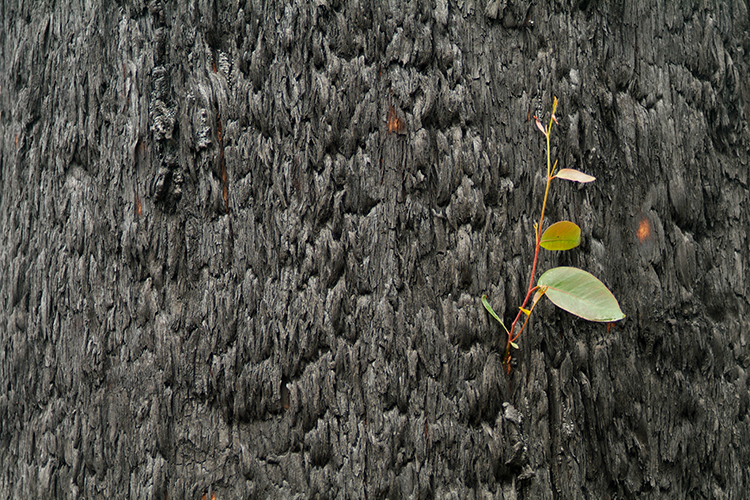
A conservation response to the 2019-20 wildfires
Tuesday, 21 January 2020 -
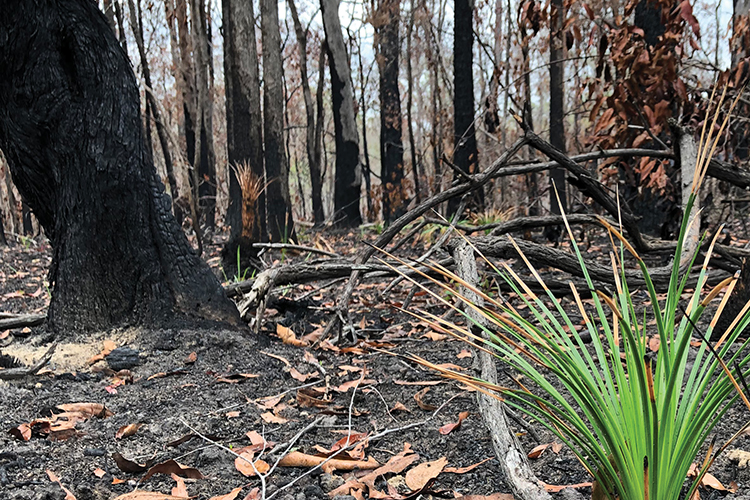
Considering cats and foxes after the bushfires: Fewer pests but more impact?
Monday, 16 March 2020 -
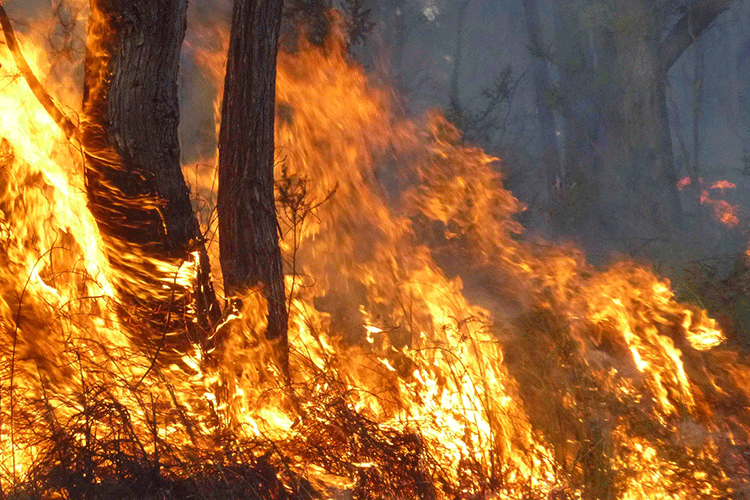
The fire, the fox and the feral cat
Tuesday, 06 June 2017 -
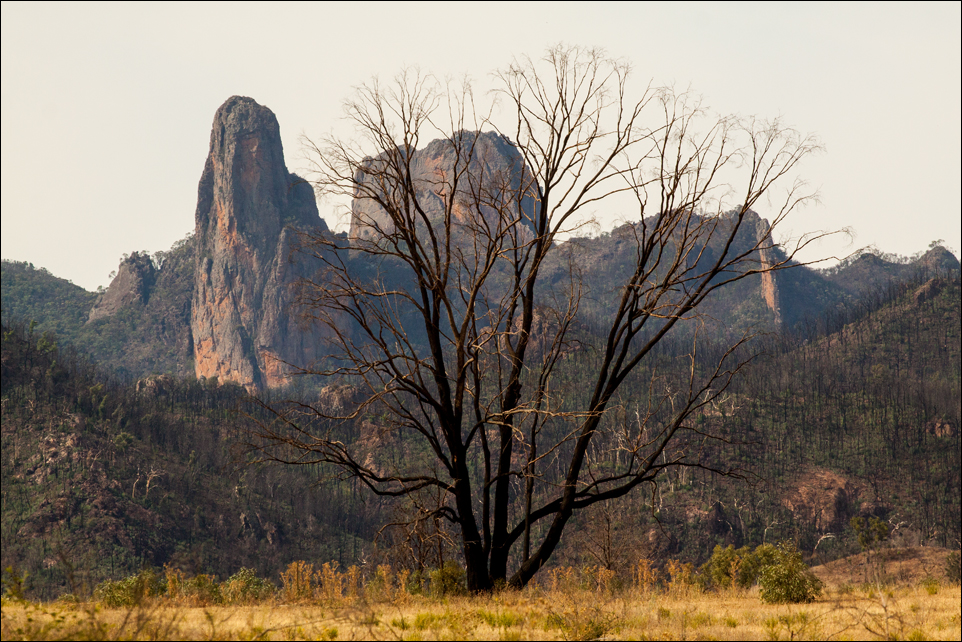
Threatened Species Recovery Hub statement on the fires
Tuesday, 14 January 2020 -
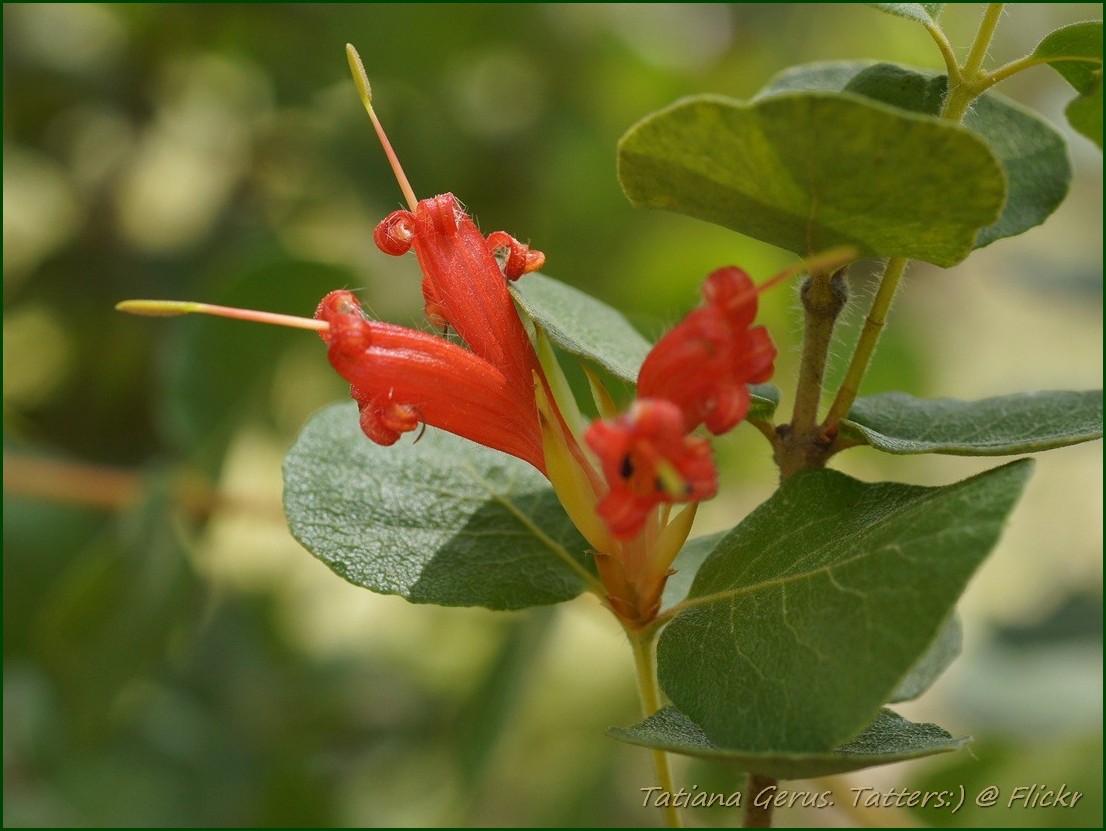
Sowing the seeds of success
Monday, 23 May 2016 -
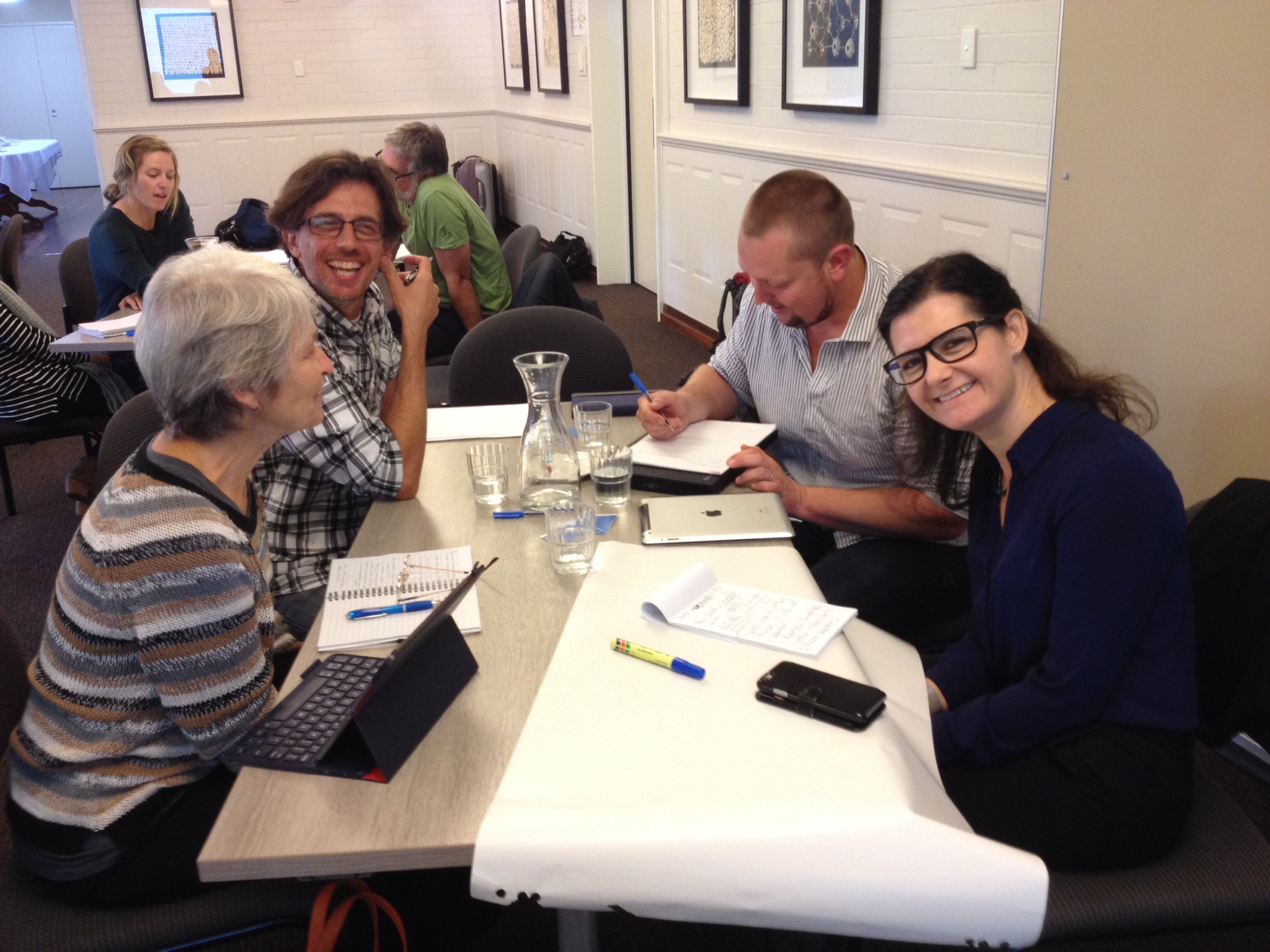
Using genetics to save species
Thursday, 09 June 2016 -
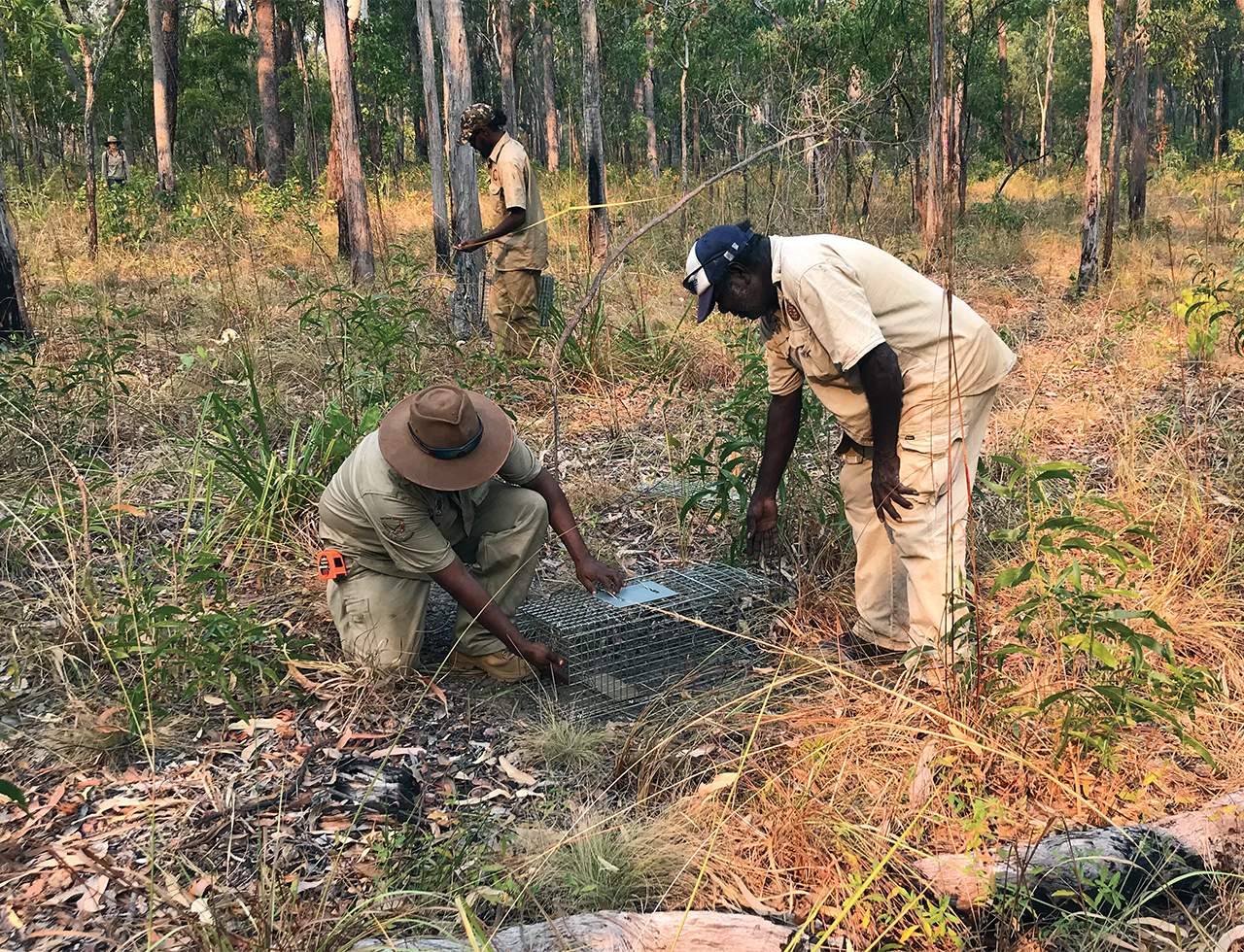
Building collaboration and two-way science
Sunday, 12 December 2021
